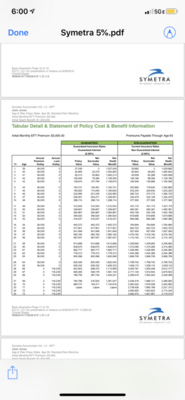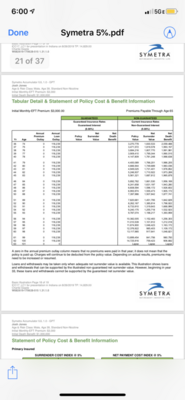- 7,012
That won't even be close.
If you want a side by side, contact a financial advisor who is securities and insurance licensed and they can do a compare/contrast for you.
Just look at it practically though:
Let's say you deposit 1k/mo into two buckets. The first earns 5% and the second is the S&P.
First bucket is going to have around 2.5m in 50 years. The second bucket would have 13.7 million (accounting for estimated taxes and fees).
S&P 500 Periodic Reinvestment Calculator, With Dividends– DQYDJ
This assumes that you reinvest dividends for the second bucket (won't matter for the IUL since those credits aren't eligible for dividends).
If you have a runway that long, just buying the market is a no-brainer.
See if I run it for for 25 year and end at 2009, you’re getting a 6.5%ish annualized return.
I’m assuming an IUL would be lower around 5%, but you still have the account value that doesn’t go away as you take loans.
I’ve tried finding IUL illustrations that will look back further than 10 years, but they don’t seem to exist.


